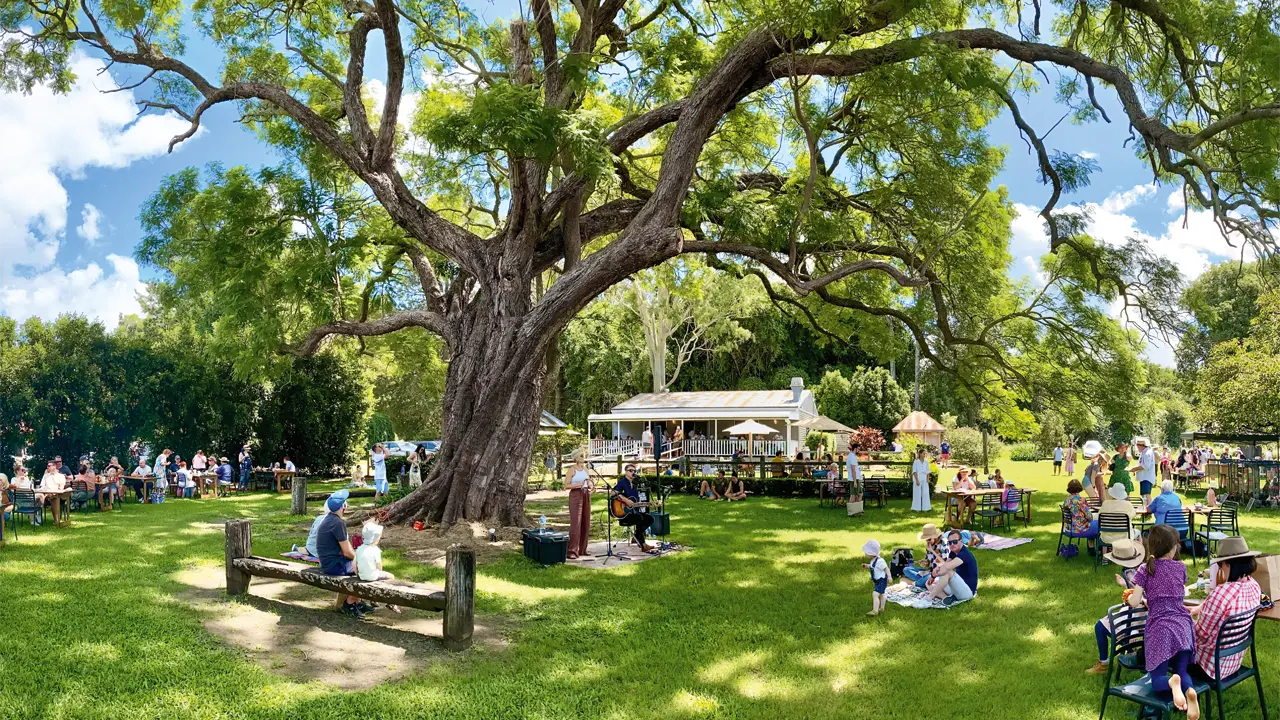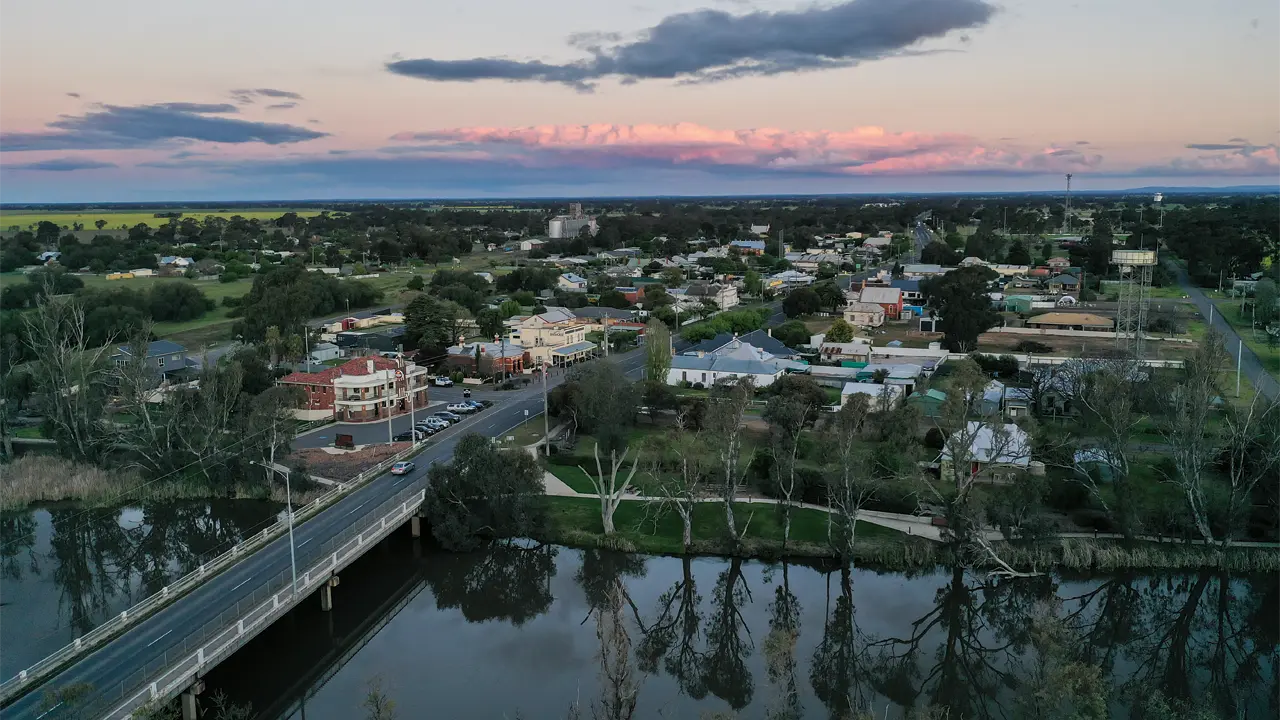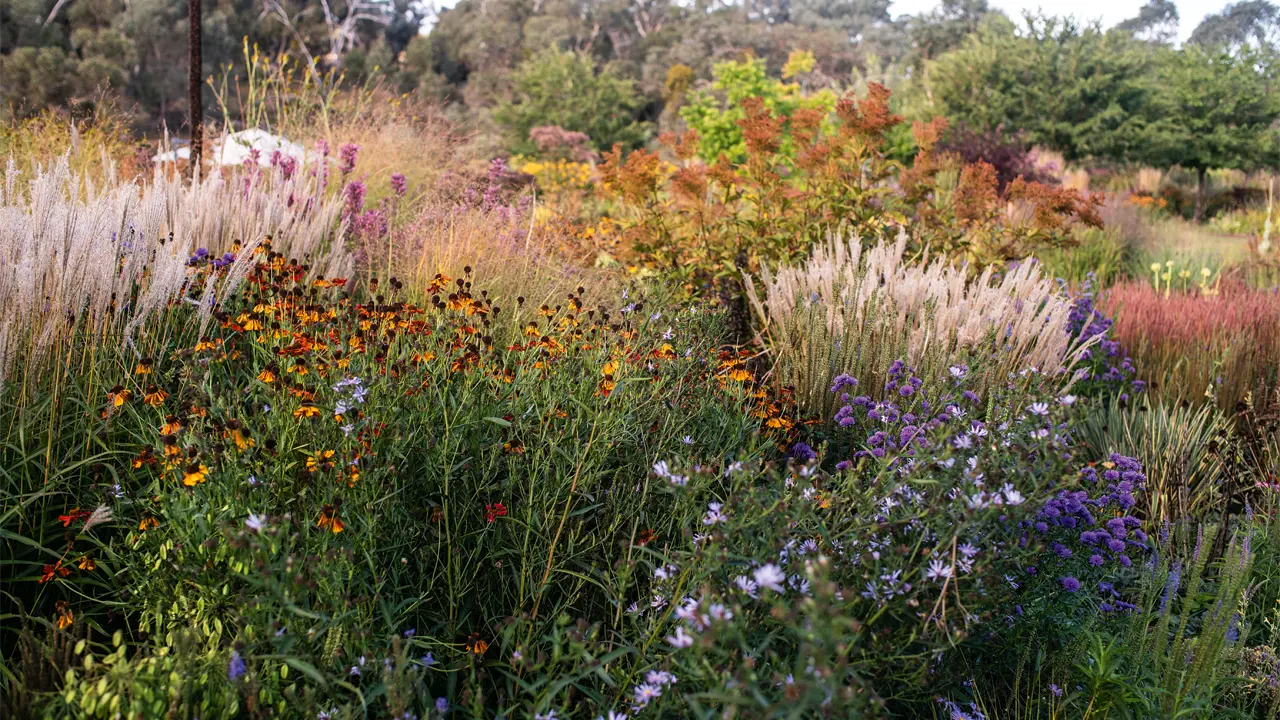The need for the Royal Flying Doctor Service in rural and remote Australia is as great as ever, 90 years after it first took flight.
Story John Dunn Photo courtesy of Royal Flying Doctor Service of Australia
Fiona Pollock was a primary school teacher at Ballina, on the New South Wales north coast, when she accepted the offer of a six-month posting to tiny Tibooburra, in the state’s north-west. On one of her station teaching visits – to Woomanooka station in the Queensland Channel Country – she became ill and required medical help.
“This meant a two-hour trip on not-so-good roads to Thargomindah, where a plane was waiting to take me to Toowoomba,” Fiona says. “I felt badly about the parents having to make that drive and I am most grateful to them. I am very thankful, also, for the Royal Flying Doctor Service (RFDS) being able to get me to hospital quickly.”
That experience turned out to be just the beginning of Fiona’s association with this extraordinary medical service, which has now been caring for the health of those in rural and remote areas for 90 years. The anniversary will be marked by celebrations and events in all states this year.
Soon after Fiona returned to Tibooburra, she suffered an adverse reaction to the medication she had been given and, for the second time, required an emergency flight, this time to Broken Hill Hospital. And that wasn’t the end of the story.
During her teaching stay at Tibooburra, Fiona met Derek Hotchin, who was working at the Ballera gas fields over the border in Queensland, and they married in 2009. Some years later they were living on Winathee, a 70,000-hectare sheep and cattle property, 120 kilometres south-west of Tibooburra, when Derek had an accident while mustering cattle on his motorbike. “He was knocked unconscious and was flown to hospital to be checked out,” Fiona says.
Later, their son Samuel, then 2, also required care when he was flown from Tibooburra to Broken Hill suffering severe dehydration.
“I am most appreciative of the primary health clinics the RFDS hold weekly at Tibooburra,” Fiona says. “Two years ago, when I was pregnant with our third child, I used it so that Jacqueline Noble, the midwife, could do scans and things, which meant I didn’t have to go to hospital. Having children in the outback can cause all sorts of lesser-known stresses on families. Expectant mothers must leave home a couple of weeks before giving birth, but because both my boys came ahead of time, I left a month before.”
Fiona, who now lives with her family on Hewart Downs, 70 kilometres west of Tibooburra, and many others in isolated places across Australia are immensely grateful and extremely comforted knowing that when they are in need, help is at hand.
It was the very opposite of that situation that prompted the beginning of the flying doctor. In 1917, Kimberley stockman Jimmy Darcy suffered serious injuries, including a ruptured bladder, when his horse fell in a cattle stampede on Ruby Plains station. He was taken in a dray, which bumped and thumped its way 80 kilometres along a rough track to Halls Creek, the nearest settlement.
Darcy needed immediate surgery, but the nearest doctor, Joe Holland, was 2800km away in Perth. Using morse code, he instructed the local postmaster, Fred Tuckett, to strap Darcy to the post-office counter and operate with a pen knife and morphine. With Darcy still needing attention, Holland boarded a ship on a week-long journey to Derby, followed by six days in a model T Ford and, when that broke down, a couple of hours on foot, followed by an all-night horse ride. By the time he arrived in Halls Creek, Darcy had died.
This story excerpt is from Issue #118
Outback Magazine: April/May 2018










